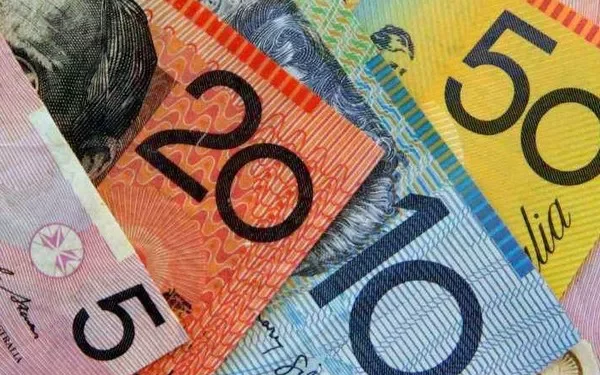The Australian Dollar (AUD) held steady against the US Dollar (USD) on Friday, following the release of the Retail Sales report, which showed no month-on-month growth for July. This result fell short of the anticipated 0.3% increase and the prior 0.5% rise. Despite this, stronger-than-expected US Gross Domestic Product (GDP) data for the second quarter has exerted pressure on the AUD/USD pair.
The AUD/USD pair could experience further upward movement as July’s higher-than-expected Monthly Consumer Price Index (CPI) bolsters expectations for a potentially more hawkish stance from the Reserve Bank of Australia (RBA). Recent minutes from the RBA indicate that board members believe a rate cut is unlikely in the near future.
The US Dollar has found support from positive economic data, but dovish remarks from Federal Reserve officials may limit its gains. On Thursday, Atlanta Fed President Raphael Bostic suggested that it might be “time to move” on rate cuts, given the cooling inflation and higher-than-expected unemployment rate, according to Reuters.
Market participants are now focused on the release of the US Personal Consumption Expenditure (PCE) Price Index for July, which may provide insights into the Federal Reserve’s interest rate decisions.
Daily Digest: Australian Dollar Moves with Retail Sales and Global Economic Data
The US GDP for the second quarter was revised up to an annualized growth rate of 3.0%, surpassing both the initial estimate and previous growth rate of 2.8%. Additionally, Initial Jobless Claims decreased to 231,000 for the week ending August 23, down from 233,000 the previous week and slightly below the expected 232,000.
US Core Personal Consumption Expenditures (QoQ), the Federal Reserve’s preferred measure of underlying inflation, increased by 2.8% in the second quarter, just below the market forecast of 2.9% and significantly slower than the 3.7% growth in the first quarter.
In Australia, Private Capital Expenditure unexpectedly contracted by 2.2% in the second quarter, reversing from an upwardly revised 1.9% expansion and falling short of the expected 1.0% increase. This marks the first decline in new capital expenditure since the third quarter of 2023.
Australia’s Monthly CPI rose by 3.5% year-on-year in July, down from June’s 3.8% but slightly above the consensus estimate of 3.4%. This is the lowest CPI figure since March.
Federal Reserve officials are preparing for potential rate cuts. San Francisco Fed President Mary Daly indicated on Monday that “the time is upon us” to start cutting rates, possibly beginning with a 25 basis point reduction. Daly suggested that gradual inflation slowdown and steady job growth would warrant “adjusting policy at the regular, normal cadence.”
The July FOMC Minutes revealed that most Fed officials are likely to cut the benchmark interest rate in September, provided inflation continues to ease.
Meanwhile, the RBA Minutes from Tuesday showed that while the board considered a rate hike earlier this month, they ultimately decided to keep rates steady to balance risks. Members also agreed that a rate cut is unlikely soon.
Technical Analysis: AUD/USD Tests Key Levels
The Australian Dollar is trading around 0.6790 on Friday. Daily chart analysis shows that the AUD/USD pair is testing the lower boundary of its ascending channel, suggesting potential reinforcement of the bullish trend. The 14-day Relative Strength Index (RSI) remains just below 70, indicating ongoing bullish momentum.
Resistance for the AUD/USD pair is at the lower boundary of the ascending channel, near the seven-month high of 0.6798. A breakout above this level could lead to a target around the upper boundary of the channel, near 0.6920.
On the downside, support is seen near the nine-day Exponential Moving Average (EMA) at 0.6761. A fall below this EMA could weaken the bullish bias and put downward pressure on the pair, potentially leading to a test of the support level at 0.6575, followed by a lower target at 0.6470.
Related Topics:



























